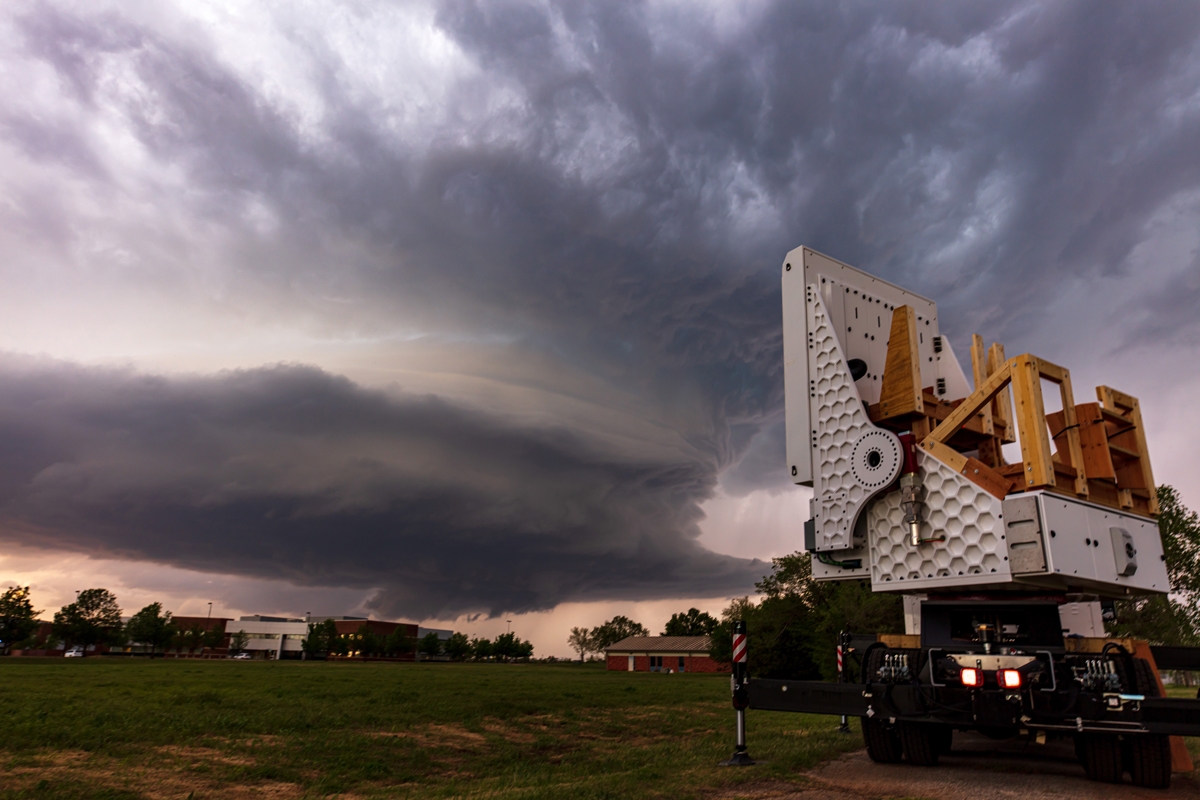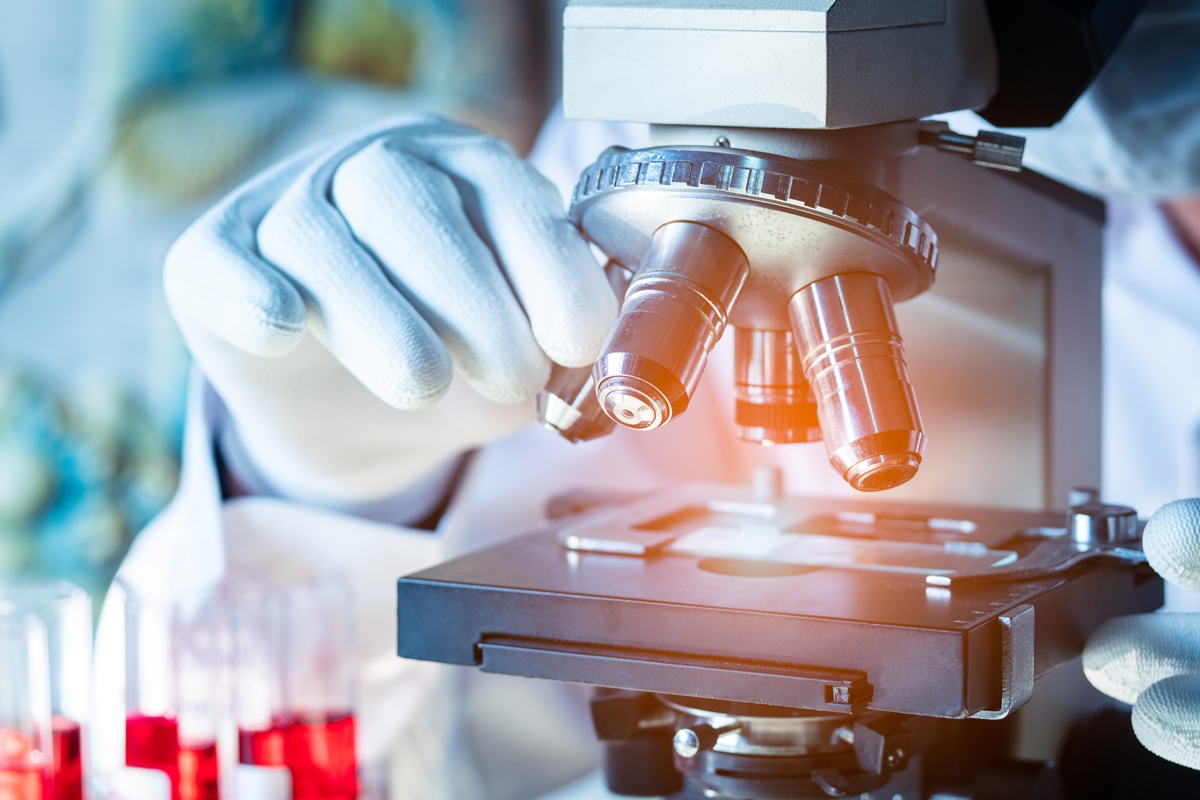Next-Generation Weather Research
Groundbreaking strides in weather prediction and research are being achieved through artificial intelligence applications at the University of Oklahoma. The OU-led National Science Foundation AI Institute for Research on Trustworthy AI in Weather, Climate, and Coastal Oceanography, or AI2ES, aims to revolutionize understanding and prediction of high-impact atmospheric and ocean science phenomena. By fostering trustworthy AI methods, AI2ES ensures that the actionable intelligence generated by AI technologies is reliable and useful in real-world applications. Additionally, the program is educating and retraining today’s workers to leverage the power of artificial intelligence and machine learning to improve their careers and the planet.
“Understanding what it means to create trustworthy artificial intelligence is critical as AI applications are expanding rapidly in society,” said Amy McGovern, principal investigator for the AI2ES, the Lloyd G. and Joyce Austin Presidential Professor in the Gallogly College of Engineering and professor in the OU School of Meteorology. “AI2ES is taking the lead in understanding how professional end-users can work side-by-side with AI methods to improve decision-making for high-risk tasks.”
OU researchers are also addressing the challenges posed by extreme weather, climate change, and natural hazards on aging reservoir systems with the help of novel artificial intelligence and data mining tools. By utilizing deep learning models, these researchers hope to correct errors in current precipitation forecasts, conduct large-scale validation experiments and simulations across the U.S., and ultimately prevent reservoir failures.
The Advanced Radar Research Center’s all-digital polarimetric phased array radar, “Horus,” provides unparalleled atmospheric data quality and temporal resolution. It also offers unprecedented clarity and insights into the genesis of severe weather events. With its highly robust weather-processing algorithms, Horus can capture and analyze terabytes of data each minute and produce actionable information to help scientists understand and predict severe weather formation. As artificial intelligence continues to advance, expect to see even more impressive outcomes from OU’s radar program.
These efforts contribute to the safety and well-being of communities impacted by severe weather. They are paving the way for a future where rapid analysis and response to atmospheric changes can save lives and resources around the globe.






